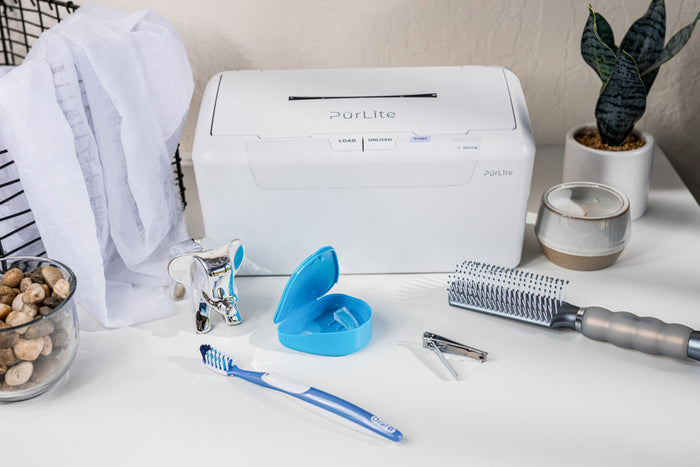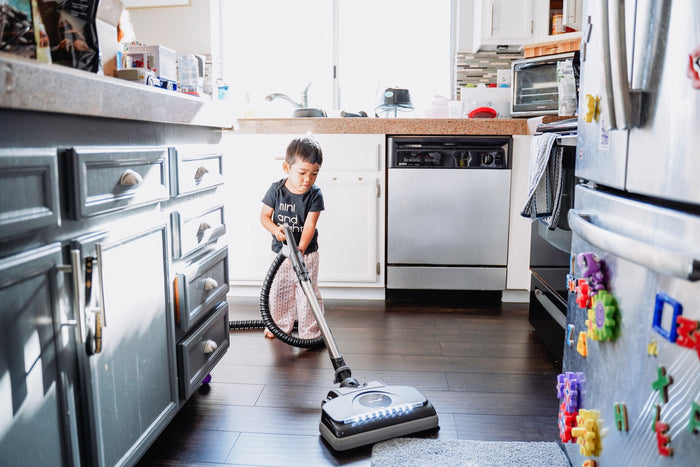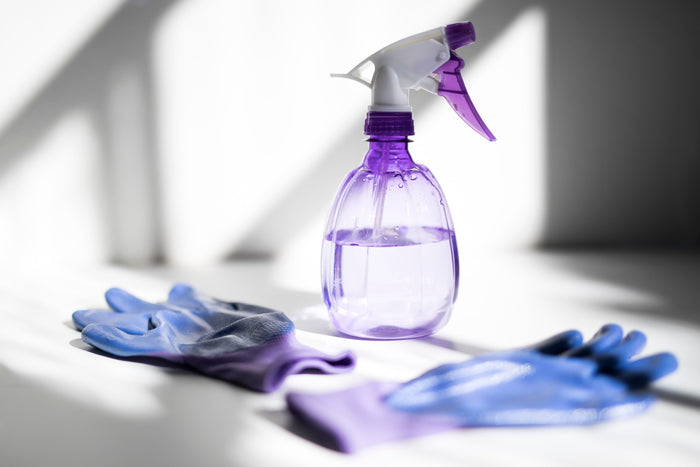PurLite on a Podcast

Recently PurLite had the opportunity to talk to Laurie Taylor on her Podcast The Produce Moms. With over 100 podcasts under their belt, the website and podcast is aimed at mothers with a mission in encouraging the use of fresh produce. On the episode PurLite co-founders Kurt and Tim spoke in depth about the history of the company, accomplishments and future goals.
“We think of ourselves as a light company,” Kurt said. The GM went into further detail explaining the validity of the product. PurLite is sunshine in a box. Using premium grade uv-c light bulbs, sanitization is guaranteed. There are all sorts of different ultraviolet boxes or wands out in the market now due to Covid-19. They all claim to have gold-standard products that are effective in killing the coronavirus. However, most of these businesses only started in the beginning of this year attempting to capitalize off of the crisis. The PurLite team has been working the past few years to bring you a product that is efficient and reliable, eliminating germs with ease and sanitizes your home.
“I can tell you as a consumer that it is best in its class, I mean I have confidence in it,” Laurie said on the podcast while discussing the product. Laurie herself has a PurLite in her home and talked at length on the podcast about all the things she sanitizes in her unit.
When talking about the cleaning process it is important to note that cleaning alone does not kill all germs. Cleaning is designed to remove all visible dirt, soil, chemical residues and allergens from equipment, utensils and work surfaces. Whereas sanitizing is designed to reduce the number of microorganisms to a safer level. Sanitizing is usually performed after cleaning. Unclean surfaces will reduce the effectiveness of sanitizing. You can clean every day, but you should always sanitize to keep your home or workplace safe. While we are currently social distancing and self-quarantining across the country, that doesn't mean we don't need to sanitize. Many of us still leave our homes to run errands or go to work. Always remember to sanitize your hands when you return before you start touching objects in your home
“We want to make it accessible to everyone,” Tim said while talking about the movement of uv-c light from the medical field into the home. Be aware of sanitizing products you choose. Many of them contain harmful chemicals that can actually pose a health threat to your family and your pets. PurLite is different. Using our unique UV-C light bulb, PurLite sanitizes 99.9% of germs in only 30 seconds. Make no mistake, using ultraviolet light is by no means new. Ultraviolet light has been a friend to the disinfection world for over a century. UV-C light carries the most energy capable of destroying the chemical bonds that hold together the DNA and RNA of viruses and bacteria, stopping them from working. After countless hours of lab testing with some of the foremost uv-c scientists in the U.S.
If you would like to listen to the podcast at home, check out The Produce Moms for more information.



